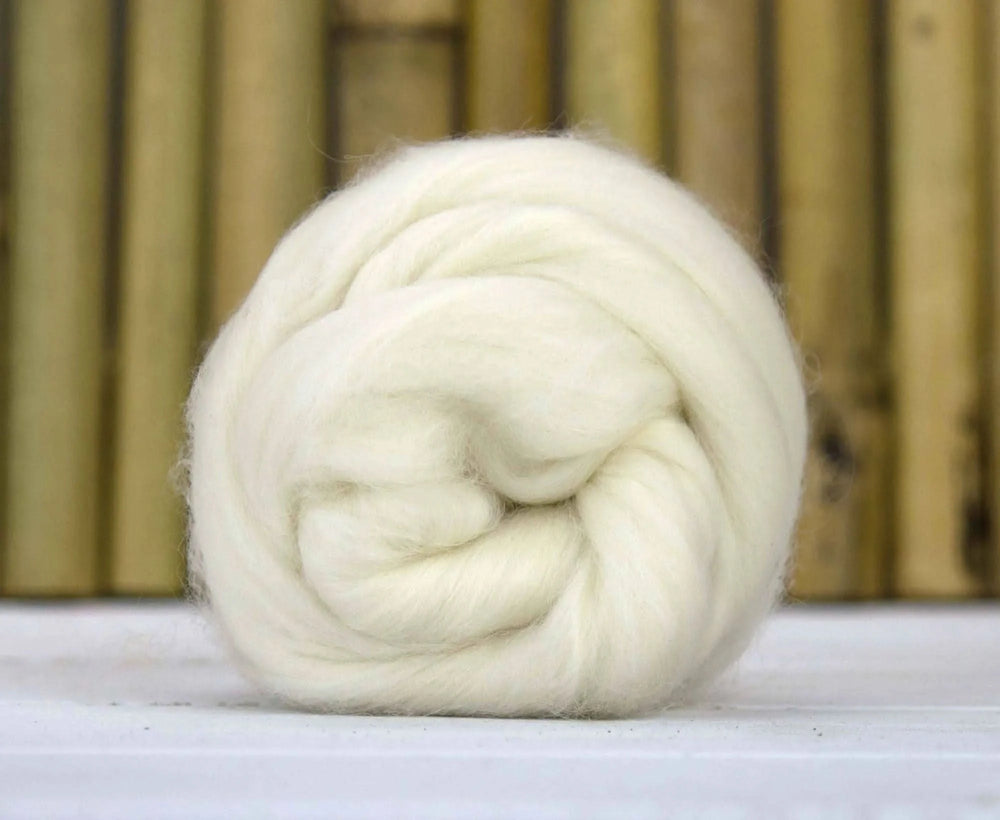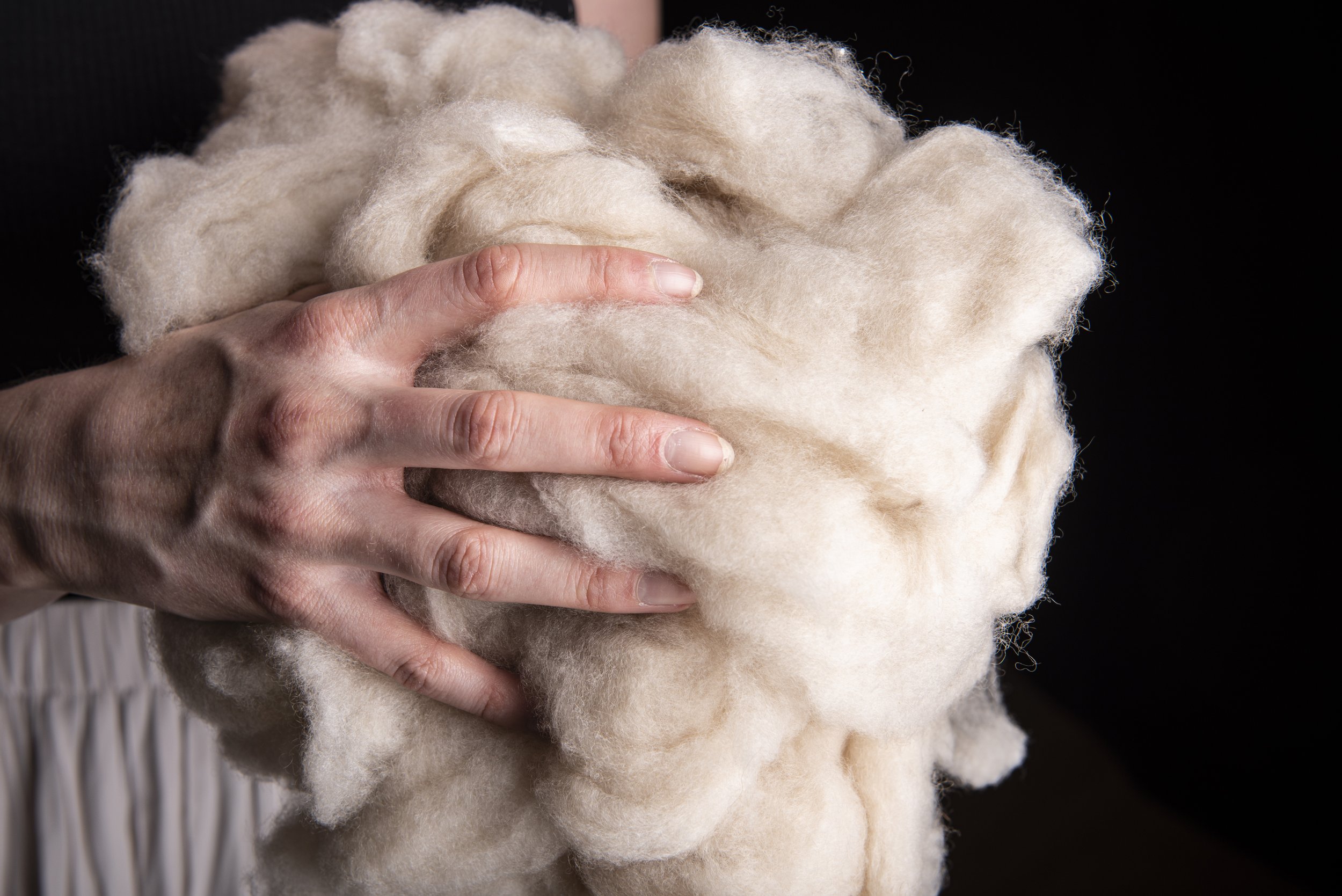Exploring the Different Kinds Of Cashmere a Natural Fiber for Ultimate Luxury
Cashmere, an all-natural fiber, is often linked with deluxe and convenience. The much more budget friendly Chinese cashmere, the standard Scottish variant, and the premium Italian blend, all inform a various story of this exceptional fiber.
Understanding the Luxurious Nature of Cashmere
Cashmere, typically associated with luxury and comfort, holds an unique attraction in the world of all-natural fibers. Unlike various other all-natural fibers, cashmere combines insulation with breathability, providing unmatched comfort throughout differing temperature levels. Its glossy coating and soft appearance add to its high-end charm, justifying the premium rate that often comes with cashmere garments.
Just What Is Cashmere and Where Does It Come From?

Cashmere is acquired from the soft undercoat of cashmere goats, largely located in Mongolia, China, Iran, and Afghanistan. This thorough procedure adds to the scarcity and high price of cashmere. With its origin in the extreme landscapes of Asia, cashmere is a testimony to nature's ability to generate luxury from misfortune.
Translating the Various Sorts Of Cashmere
Comprehending the various kinds of cashmere is key to appreciating the quality and distinct attributes of this extravagant fabric. Usually, cashmere is classified into three kinds: raw, virgin, and reused. Decoding these kinds is the first step in understanding the exclusivity and worth of cashmere.

The Unique Qualities of Each Kind Of Cashmere
Having checked out the different classifications of cashmere, it becomes evident that each type boasts its unique collection of attributes. Mongolian cashmere, for instance, is renowned for its exceptional top quality, due to Mongolia's harsh winter seasons that generate longer and finer fibers. On the other hand, Chinese cashmere is usually much more affordable, though its much shorter fibers can decrease longevity.
Why Cashmere Is the Embodiment of Luxury in vogue
Cashmere holds an esteemed setting in the globe of fashion, concerned as a symbol of high-end and refinement (is cashmere a natural fiber). Cashmere is obtained from the great undercoat of Himalayan goats, recognized for their remarkable high quality fiber. Cashmere's exceptional convenience and resilience my blog make it a popular material in the development of high-end garments.
The Process of Making Cashmere: From Goat to Garment
The trip of cashmere, from being an undercoat of a Himalayan goat to an extravagant garment, is an elaborate one. This mix is then fastidiously separated, with just the soft down used for cashmere. From goat to garment, each action is a testament to the creativity, perseverance and skill involved in crafting cashmere.

Conclusion
Finally, cashmere, with its all-natural style and unparalleled convenience, preponderates in the world of high-end fashion. The variety in kinds, ranging from the soft Mongolian, lightweight Indian Pashmina, economical Chinese, conventional Scottish, to the vivid Italian, exposes the flexibility of this natural fiber. The meticulous process of changing it from a goat to a garment even more includes in its exclusivity, making cashmere the embodiment of sophistication and deluxe.
Cashmere, a natural fiber, is frequently associated with deluxe and comfort (is cashmere a natural fiber).Cashmere, often linked with luxury and comfort, holds an one-of-a-kind appeal in the world of all-natural fibers. Unlike other natural fibers, cashmere combines insulation with visit this website breathability, supplying unequaled comfort throughout differing temperatures. Cashmere is acquired from the soft undercoat of cashmere goats, mainly located in Mongolia, China, Iran, and Afghanistan. Cashmere is derived from the great undercoat of Himalayan goats, recognized for their view exceptional top quality fiber